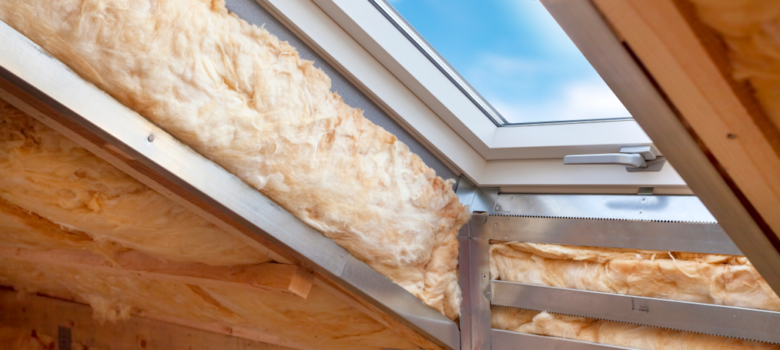
The most effective way to combat heat loss is certainly external wall insulation; however, loft and floor insulation is also crucial. The best way to tackle an insulation project is with a whole-house approach. Whilst 35% of heat loss is through external walls, a significant portion is still lost through the loft and floor. The loft in particular is very simple to insulate and can even be done as a DIY project, although we would always recommend a professional.
Ways to insulate the loft
There are several ways to insulate a loft or attic, including:
-
Roll insulation – This is a cost-effective and easy-to-install option where rolls of insulation are placed between the joists.
-
Blown insulation – This involves using a machine to blow insulation material, such as cellulose, into the loft space. It can be a quick and effective option, especially for irregularly shaped loft spaces.
-
Spray foam insulation – This is a more expensive option, but it provides excellent insulation and can help to seal any gaps or leaks in the loft space.
-
Insulated plasterboard – This option involves installing insulated plasterboard onto the ceiling of the loft space. This can be a good option if you are planning to convert the loft into a living space.
-
Reflective insulation – This type of insulation is made up of reflective material that reflects heat back into the loft space. It can be a good option for hotter climates or if your loft space is exposed to direct sunlight.
It is important to consider the R-value (a measure of thermal resistance) of any insulation material you choose and ensure that it meets local building codes and regulations.
Roll insulation
Roll insulation is a type of insulation that comes in long rolls, typically made of fibreglass, rock wool, or mineral wool. It is commonly used in attics and loft spaces because it is affordable and easy to install.
Roll insulation is available in various thicknesses and R-values, which determine its insulating effectiveness. The R-value measures the insulation’s ability to resist heat flow and the higher the R-value, the more effective the insulation is at preventing heat loss or gain. The thickness and R-value you need will depend on your location and local building codes, as well as the climate in your area.
To install roll insulation in the loft, the insulation is rolled out between the ceiling joists or rafters, with the paper or foil backing facing downwards. The insulation should be cut to fit around obstacles such as vents and wiring and should be placed snugly to ensure there are no gaps or spaces where heat can escape.
Roll insulation is generally a DIY-friendly option, but it is important to wear protective clothing, gloves, and a mask when handling the insulation, as it can cause skin irritation and respiratory issues if inhaled. It is also important to ensure that the insulation is not compressed or compacted, as this can reduce its effectiveness.
Blown insulation
Blown insulation, also known as loose-fill insulation, is a type of insulation that is installed by blowing loose insulation material, such as cellulose, fibreglass, or mineral wool, into the loft or attic space using a machine.
Blown insulation is an effective way to insulate a loft or attic space, particularly for irregularly shaped or hard-to-reach areas. The insulation material is blown into the loft space through a hose, which can be directed into hard-to-reach corners or crevices, ensuring that every nook and cranny is insulated.
One of the benefits of blown insulation is that it can be installed quickly and efficiently, often in just a few hours. It can also be a cost-effective way to insulate a loft or attic, as the loose insulation material can be purchased in large quantities and installed in a short amount of time.
Blown insulation can also be a good option for improving the soundproofing of a loft or attic space, as it can help to reduce noise transfer between floors.
It is important to choose the right type of insulation material and ensure that it is installed to the correct depth and density, as this will impact the insulation’s effectiveness. Additionally, blown insulation requires specialized equipment and should only be installed by a trained professional to ensure proper installation and avoid any safety hazards.
Spray foam insulation
Spray foam insulation is a type of insulation that is applied as a liquid and then expands and hardens to form a solid barrier that seals gaps, cracks, and crevices in the loft or attic space. It is made up of two components – a polyurethane or polyisocyanurate foam and a catalyst – that are mixed together and then sprayed onto the surface to be insulated.
Spray foam insulation can be an effective way to insulate a loft or attic, as it can fill even the smallest gaps and spaces, providing a complete air seal and preventing heat loss or gain. It is also an excellent sound barrier, reducing noise transfer between floors.
One of the benefits of spray foam insulation is that it is a very efficient insulation material, providing a high R-value per inch of thickness. It can also be a good option for people with allergies, as it does not provide a hospitable environment for mould, bacteria, or other allergens.
However, spray foam insulation can be a more expensive option compared to other types of insulation. Additionally, the installation process requires specialized equipment and should only be done by a trained professional to ensure proper installation and avoid any safety hazards. Spray foam insulation can also emit harmful fumes during installation, so it is important to take proper precautions, such as wearing protective gear and ensuring proper ventilation.
Insulated plasterboard
Insulated plasterboard, also known as thermal plasterboard, is a type of plasterboard that has a layer of insulation material, such as expanded polystyrene or mineral wool, attached to the back. It is designed to be used as both a wall and ceiling covering and is commonly used in loft conversions or other spaces where additional insulation is needed.
One of the main benefits of insulated plasterboard is that it provides both insulation and a finished surface in one product. This can be particularly useful in the loft or attic spaces that are being converted into living areas, as it can save time and money on installation and finishing.
Insulated plasterboard is available in a range of thicknesses and R-values, which determine its insulating effectiveness. The thickness and R-value you need will depend on your location and local building codes, as well as the climate in your area.
Insulated plasterboard is attached directly to the wall or ceiling using screws or adhesive. The joints between boards are then taped and filled to create a smooth, finished surface.
Reflective insulation
Reflective insulation is a type of insulation that works by reflecting heat back towards its source, rather than absorbing it like other types of insulation. It typically consists of a layer of reflective material, such as aluminium foil, that is backed by an insulating material, such as polyethene foam or bubble wrap.
Reflective insulation is often used in the loft or attic spaces to help reduce heat gain in the summer and heat loss in the winter. It is particularly effective in hot climates, where it can help to keep the loft or attic space cooler by reflecting the sun’s heat away from the building. In colder climates, reflective insulation can also help to reduce heat loss by reflecting the heat back into the building.
One of the benefits of reflective insulation is that it is lightweight and easy to install, often requiring no special tools or equipment. It can also be a cost-effective option for those looking to improve the insulation of their loft or attic space.
However, reflective insulation is less effective at reducing heat transfer through conduction, which is the main method of heat transfer in solid materials. Therefore, it is usually used in combination with other types of insulation to provide a complete insulation system.
- Roll Insulation
- Blown Insulation
- Spray Foam Insulation
- Insulated Plasterboard
- Reflective Insulation
Ways to insulate the floor
There are several different types of floor insulation that can be used to increase energy efficiency and comfort in a building. Some of the most common types include:
-
Fibreglass batts: These are perhaps the most well-known and commonly used type of insulation, consisting of rolls or batts of fibreglass material that can be installed between floor joists. Fibreglass batts are relatively inexpensive and easy to install but can be prone to gaps and air leakage if not properly installed.
-
Spray foam insulation: This type of insulation is sprayed into the floor cavity, where it expands and hardens to create an airtight seal. Spray foam insulation provides excellent thermal insulation and can also help to reduce noise transmission. However, it is typically more expensive than other types of insulation and requires professional installation.
-
Cellulose insulation: This is loose-fill insulation made from recycled paper and other natural materials. It is blown into the floor cavity to create a thick layer of insulation that can help to prevent heat loss and improve energy efficiency. Cellulose insulation is also effective at reducing noise transmission, but it can be more expensive than other types of insulation.
-
Rigid foam insulation: This is a type of insulation that comes in rigid sheets or panels and can be cut to fit between floor joists. Rigid foam insulation provides excellent thermal insulation and can also help to reduce noise transmission. However, it is typically more expensive than other types of insulation and can be more difficult to install.
-
Radiant barrier insulation: This type of insulation consists of a reflective material that is installed under the floor to reflect radiant heat back into the room. Radiant barrier insulation is typically used in warmer climates where cooling costs are a concern, as it can help to keep the space cooler and reduce air conditioning usage.
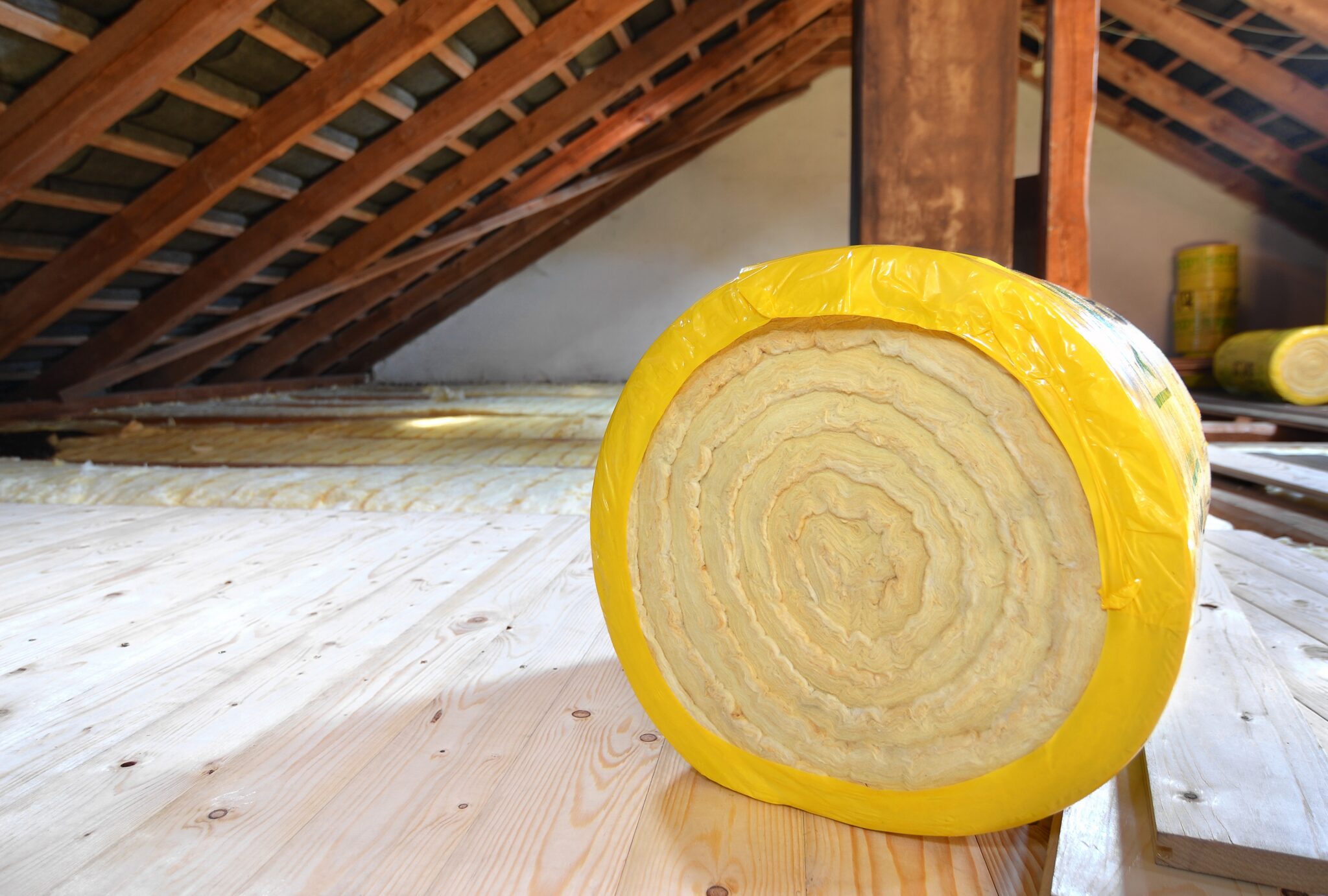
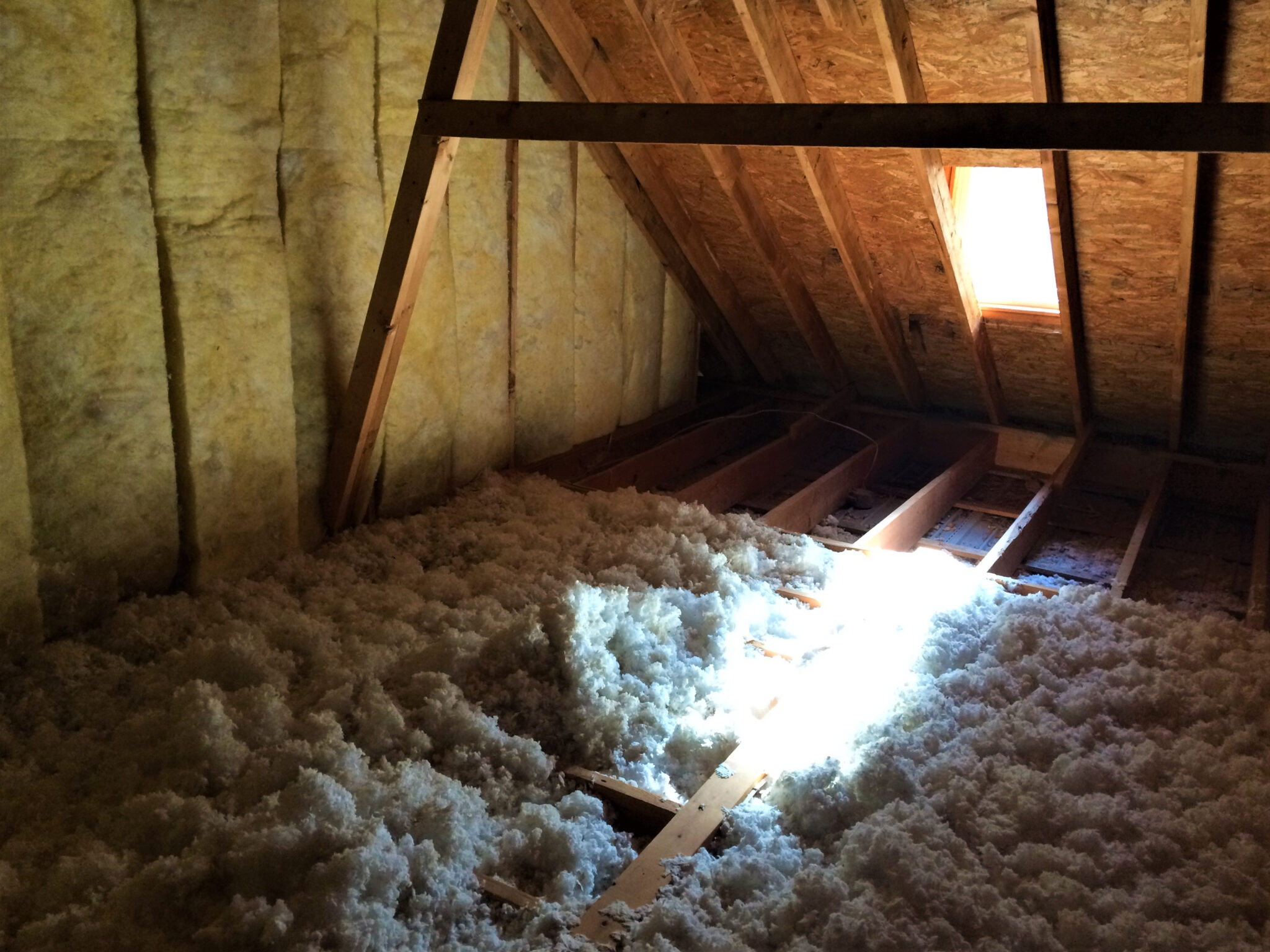
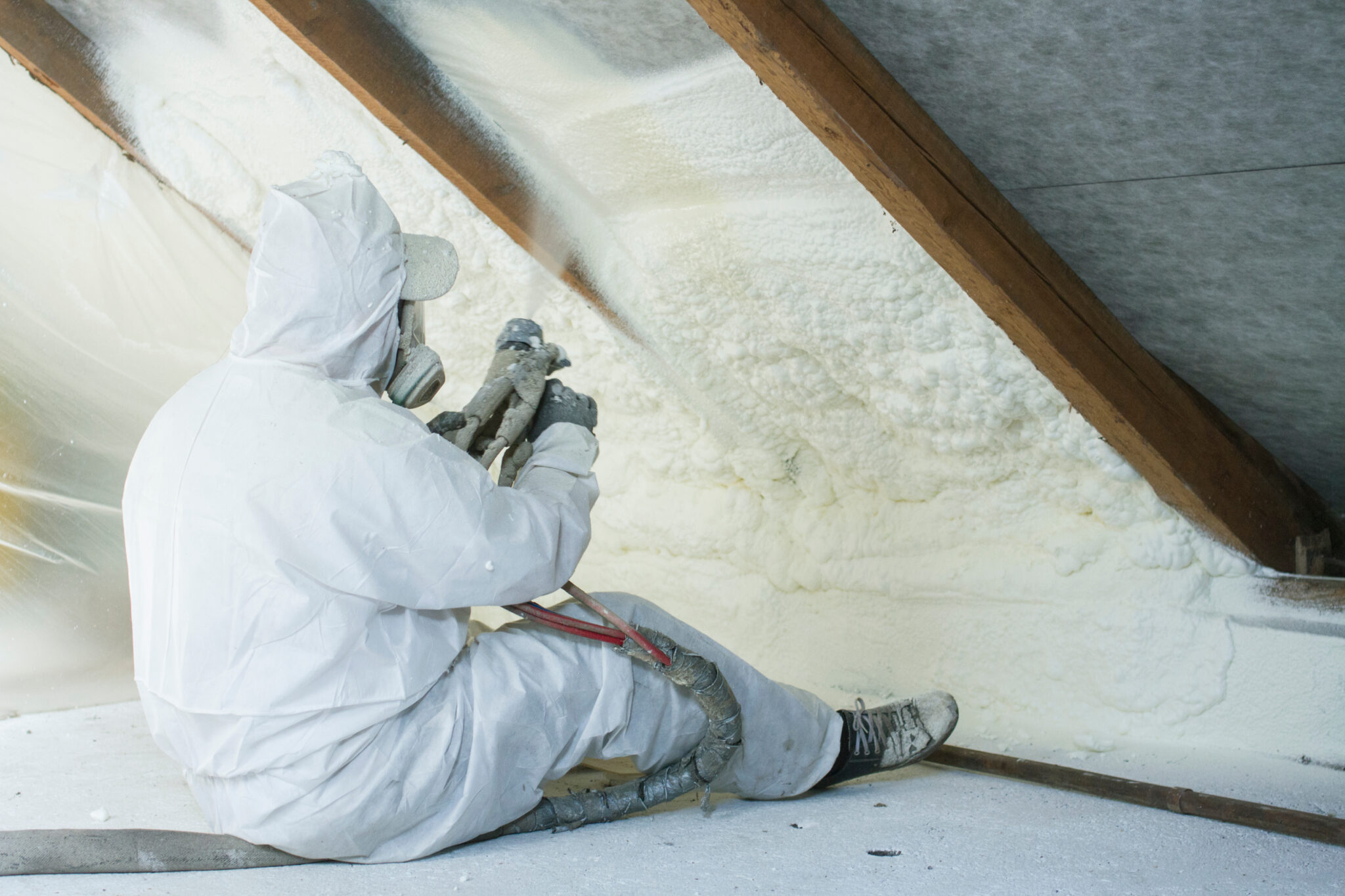
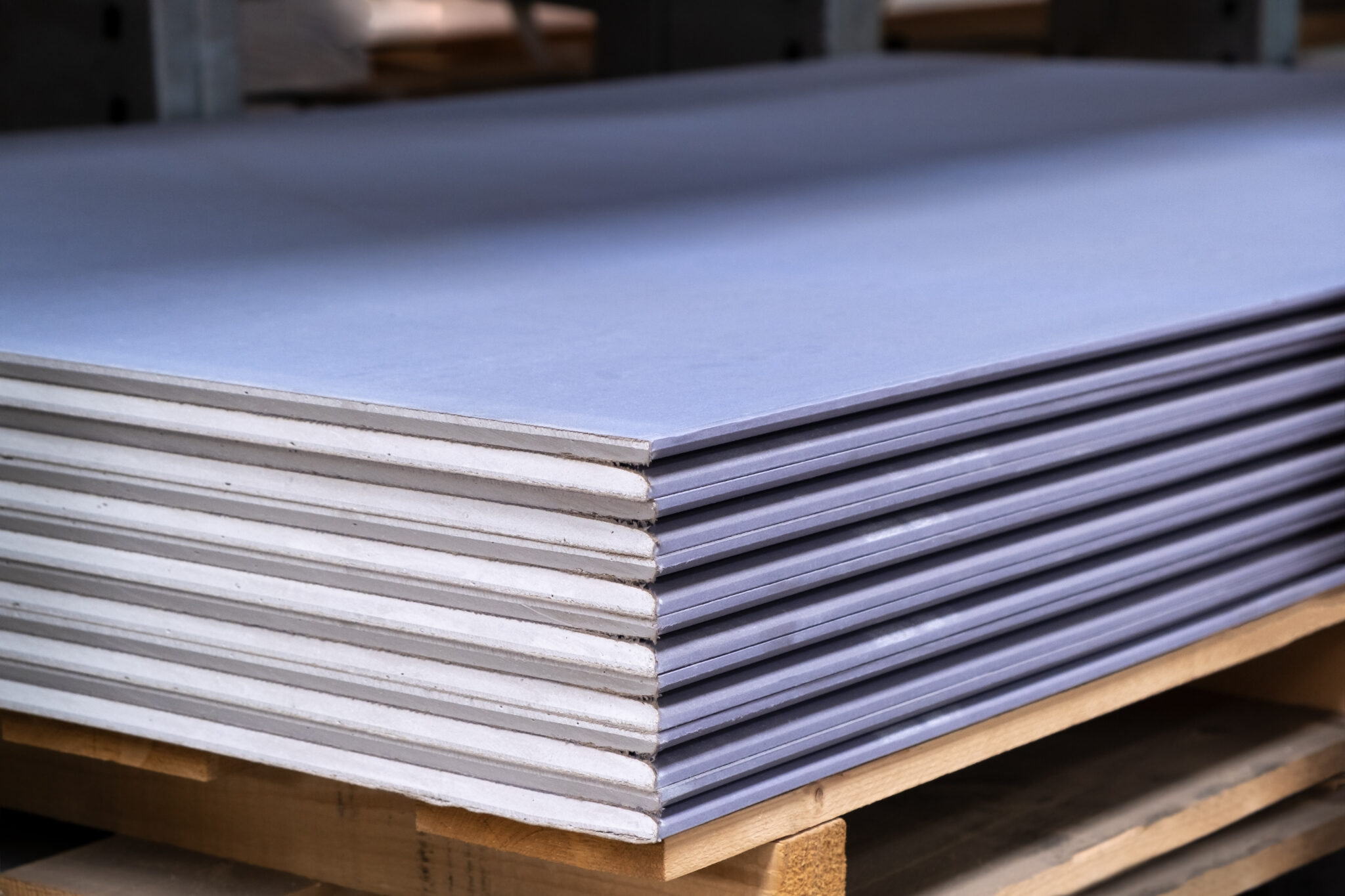
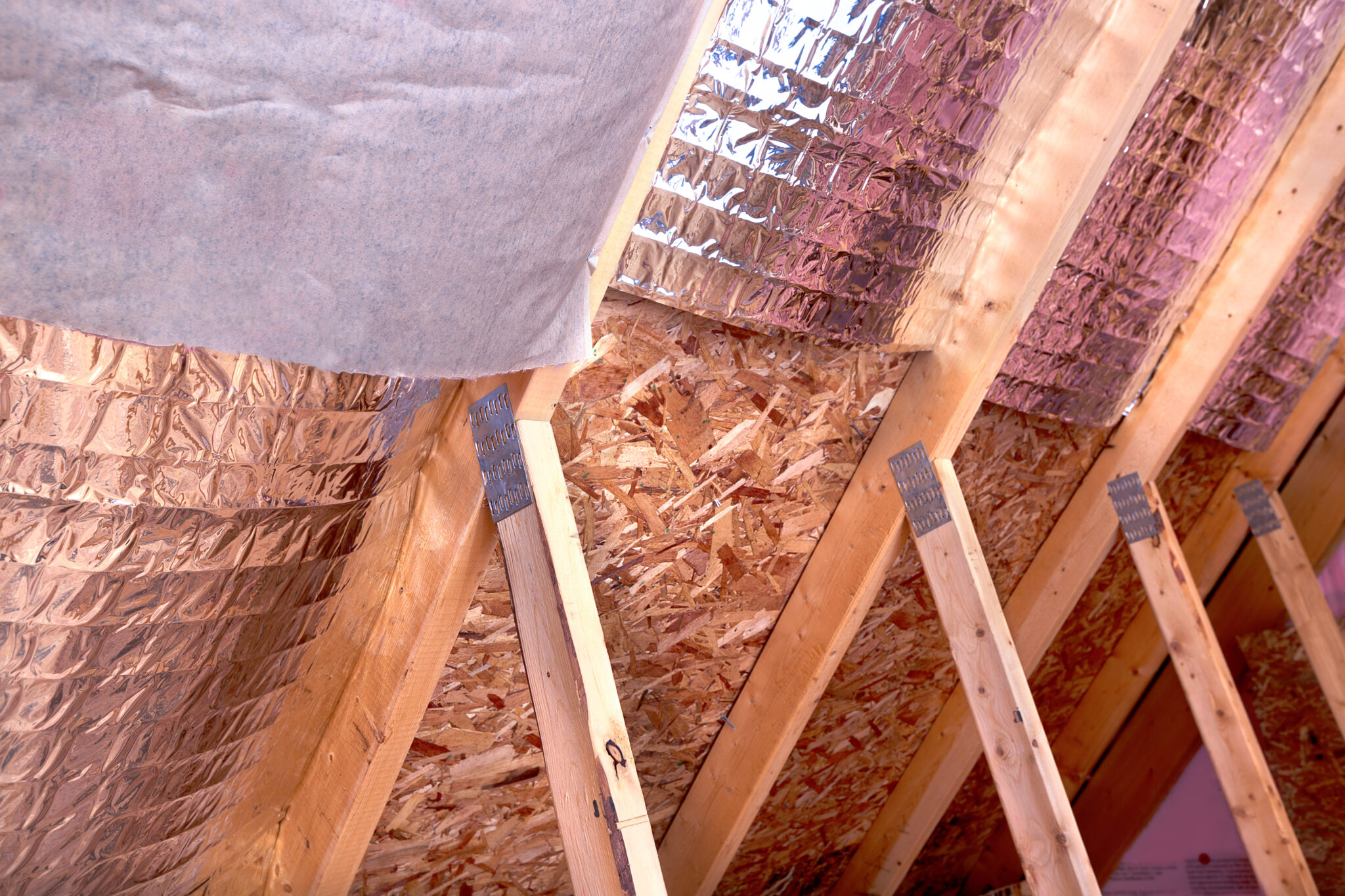



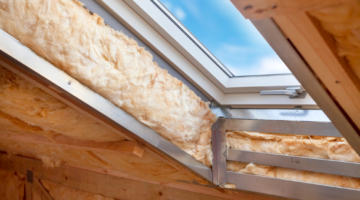
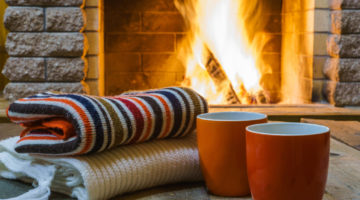
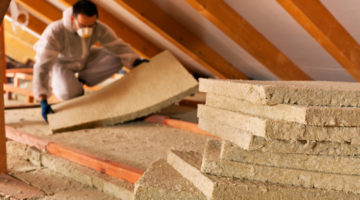






I have loft insulation but I have no cavity walls as the house was built in 1908 and I need to Insulate the walls that face outside. I have been turned down by a company who install Air Source Heat Pumps until I attend to the lack of insulated wall, what is the answer